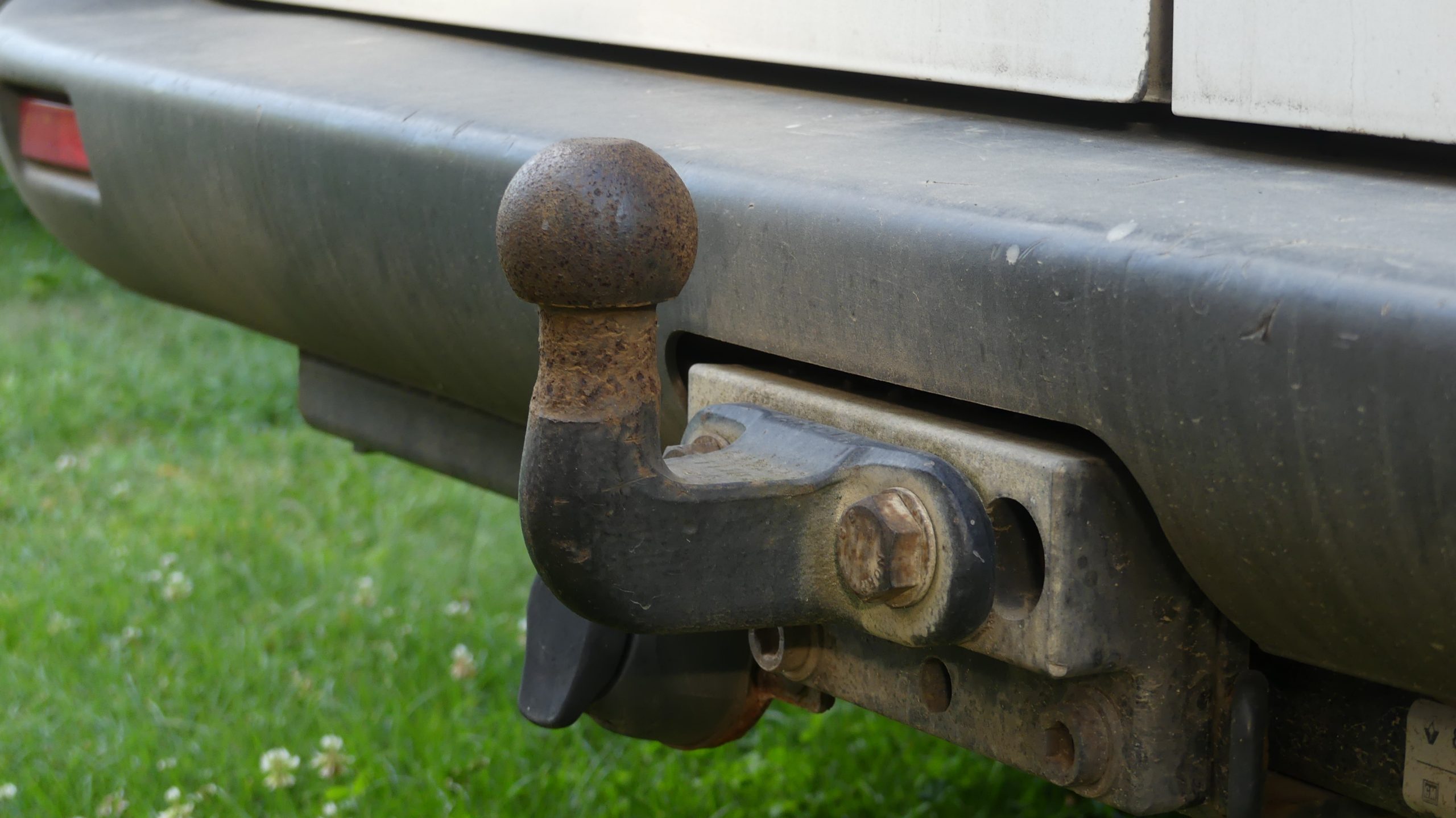When we moved to Colorado in 2019, we had two cars: a Lexus SUV and small Mazda hatchback. Both vehicles were great, but neither was going to be able to tow the travel trailer we had chosen. Since Mr. 123 was an avid hiker and climber, we decided to trade in the Mazda and purchase a truck. It would be better for the Colorado winters, would get him up the rugged roads to climb the state’s 14,000-foot peaks, and would have the towing capacity for our trailer. We ended up buying a Toyota Tacoma with the off-road package. It had a tow capacity of 6,800 pounds which was more than the 6,995-pound gross vehicle weight rating of the trailer. We thought we were good.

It was only after buying the truck that we learned we had missed out on a key number: payload capacity. Towing capacity, we would later learn, refers to the amount of weight that can be pulled by the tow vehicle. Payload capacity is the amount of weight that can be loaded onto the truck. That includes passengers, baggage, fuel and, most importantly, the hitch weight of the trailer. When you hook up a trailer to the hitch of the truck, some of the trailer’s weight rests on the back of the truck. That hitch weight has to be factored into the payload of the truck.
RVers often hit the payload capacity of a tow vehicle well before they hit the tow capacity. Between the two of us, we were looking at about 330 pounds of human weight and another 200 pounds for the camper shell we put on the back. Payload capacity of each vehicle depends on the various features on it, and our truck topped out at 1,000 pounds. Our travel trailer, the Grand Design Imagine XLS 22MLE, has a hitch weight of 491 pounds, and even that might be an underestimate. You don’t really know for sure until you take it to a scale and weigh it. Regardless, we were definitely over the payload limit of the truck.

We were going to have to bite the bullet and purchase a bigger truck. It was a classic rookie mistake. Fortunately for us, the pandemic drove the price of used trucks higher and higher, and so in December 2022, we were able to sell our three-year-old truck, with more than 27,000 miles on it, for $5,000 more than we had bought it new. And by the end of 2022, new trucks were starting to pile up on dealer lots. We got a great deal on an 2022 Ford F-150 with a towing capacity of 12,700 pounds and payload capacity of more than 1,600 pounds.
One of the key decisions was what engine we wanted for the truck. It was down to the 3.5 liter EcoBoost, a traditional gas combustion engine, or the 3.5 liter Powerboost, a hybrid engine. We were concerned about the extra weight of the batteries in the hybrid model eating into the payload capacity, but we did like the idea of a more fuel-efficient engine when not towing. (The hybrid engine doesn’t kick in when driving in tow mode.) We’d pay a little more for the hybrid engine, but we’d make up the difference in fuel costs in just a couple of years. We were pretty sure that either truck would be able to tow our trailer, but still had a hard time deciding between the two.
We posted on the Facebook group for 22MLE owners and asked who was towing with an F-150 and whether they’d recommend the gas or hybrid engine. One kind member, who happened to live in Colorado as well, pointed out that the hybrid model still has sufficient payload capacity, as long as you avoid heavy options like the off-road package or the moon roof. But it comes with a game-changing option for RVers: a 7.5 kw generator built-in to the truck. The generator is so powerful it can run all of the RV’s systems including the air conditioning. In fact, during an ice storm in Texas in 2021 when the power went out, people were using those generators to power their entire houses.
Another woman told us how she had been camping at a football game all weekend, and ran her air conditioning the entire time, using up just a few gallons of gas. That sealed the deal for us. Mrs. 123, who was born and raised in Canada, doesn’t do well in the heat, and being able to run the air conditioning while boondocking, if needed, was a huge plus. The truck has some other RV-friendly features, including an integrated trailer brake control and the Pro Trailer Backup Assist, which makes backing up a trailer much simpler.
We found the precise model we wanted, with none of the extras we didn’t want to pay for, just outside of Houston. We flew down there in December, bought the truck and drove it back home. The next step is to buy our trailer, which we intend to do by the end of March.

